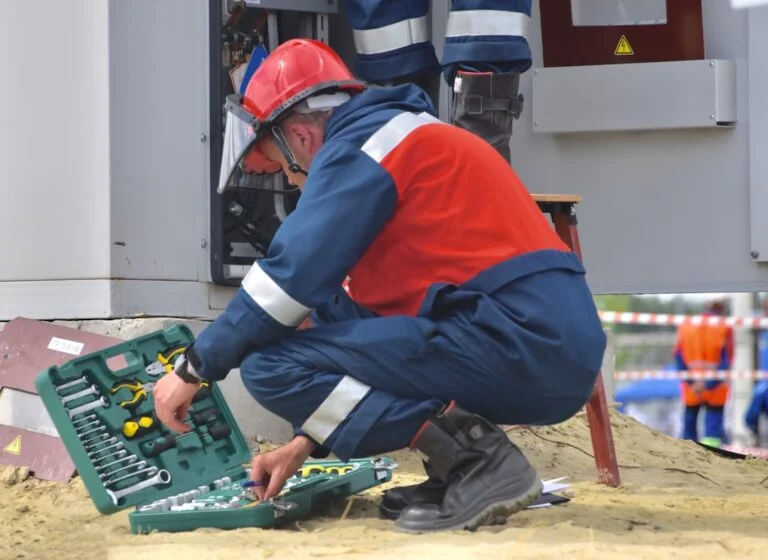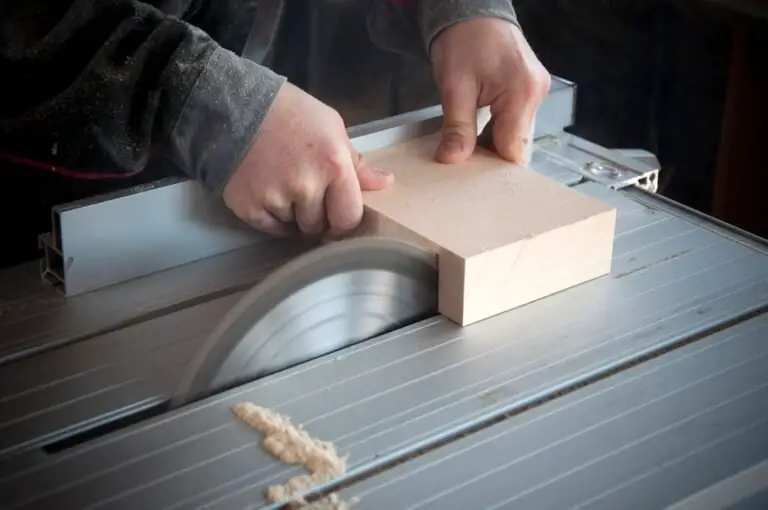The drive-through concept originated in the United States during the 1930s. The first drive-through service was introduced by the Exchange National Bank of Chicago in 1930, enabling customers to perform banking transactions from their vehicles. This innovation significantly altered the way businesses interacted with customers and laid the foundation for drive-through services across various sectors.
The drive-through model gained further popularity in the fast-food industry with the opening of In-N-Out Burger in Baldwin Park, California, in 1948. This establishment was the first drive-through restaurant, offering customers a convenient method to order and receive food without exiting their vehicles. The success of In-N-Out Burger’s drive-through service prompted other fast-food chains to adopt similar models, leading to a substantial transformation in the food service industry.
Key Takeaways
- The first drive-through was a game-changer in the fast-food industry, revolutionizing the way consumers interacted with businesses.
- The concept and design of the first drive-through focused on providing convenience and efficiency for customers on the go.
- The first drive-through had a significant impact on consumer convenience, allowing for quick and easy access to products and services.
- Drive-through services have evolved to include a wide range of industries, from banking to pharmacies, catering to the needs of busy consumers.
- Drive-through culture has spread globally, becoming a staple in many countries and shaping consumer expectations for convenience and speed.
- The future of drive-through technology is likely to include advancements in automation and digital integration, further enhancing the customer experience.
- While drive-throughs offer convenience, there are also environmental and social impacts to consider, such as increased emissions and potential effects on community walkability.
The Concept and Design of the First Drive-Through
Designing for Efficiency
The layout and design of the first drive-through were carefully crafted to ensure a seamless experience for customers. The placement of menu boards, order windows, and pickup windows was strategically planned to optimize traffic flow and minimize wait times. Additionally, the introduction of intercom systems allowed for clear communication between customers and staff, further enhancing the convenience and efficiency of the drive-through experience.
A New Standard for Customer Service
These design elements set the standard for future drive-through services and laid the groundwork for the widespread adoption of this innovative concept across various industries.
A Lasting Impact
The drive-through concept has had a lasting impact on the way businesses operate, providing customers with a quick and convenient way to conduct transactions while also increasing efficiency and profitability for companies.
The Impact of the First Drive-Through on Consumer Convenience

The introduction of the first drive-through had a profound impact on consumer convenience, revolutionizing the way people interacted with businesses and services. By eliminating the need for customers to leave their vehicles, the drive-through provided a level of convenience that was previously unheard of. This allowed people to save time and effort when conducting their transactions, whether it was ordering food, conducting banking transactions, or picking up prescriptions.
The convenience offered by the drive-through quickly made it a popular choice for consumers, leading to its widespread adoption across various industries. The drive-through also had a significant impact on consumer behavior, shaping the way people approached dining out and conducting everyday transactions. With the rise of drive-through services, people began to prioritize convenience and efficiency when choosing where to spend their time and money.
This shift in consumer preferences led businesses to invest in drive-through infrastructure and technology, further solidifying its place as a staple of modern consumer culture.
The Evolution of Drive-Through Services
| Year | Number of Drive-Throughs | Percentage of Fast Food Sales |
|---|---|---|
| 1950 | 1 | 10% |
| 1975 | 1000 | 40% |
| 2000 | 5000 | 70% |
| 2021 | 10000 | 80% |
Over the years, drive-through services have evolved to meet the changing needs and preferences of consumers. What started as a simple concept for fast-food restaurants has expanded to include a wide range of industries, including banking, pharmacies, coffee shops, and more. The evolution of drive-through services has been driven by advancements in technology, changes in consumer behavior, and a growing demand for convenience.
One notable evolution in drive-through services is the integration of advanced technology to enhance the customer experience. This includes the use of digital menu boards, mobile ordering apps, and contactless payment options, all aimed at streamlining the ordering process and reducing wait times. Additionally, businesses have invested in innovative drive-through designs that prioritize sustainability and energy efficiency, reflecting a growing awareness of environmental responsibility.
The Global Spread of Drive-Through Culture
The success and popularity of drive-through services in the United States quickly spread to other parts of the world, leading to the global proliferation of drive-through culture. Today, drive-throughs can be found in countries across every continent, serving as a testament to their universal appeal and convenience. The adoption of drive-through services has been particularly pronounced in densely populated urban areas, where convenience and speed are highly valued.
The global spread of drive-through culture has also led to cultural adaptations and innovations in different regions. For example, in some Asian countries, drive-throughs have been adapted to accommodate motorbikes and scooters, reflecting the prevalence of these modes of transportation in urban areas. Additionally, some European countries have embraced drive-through services for grocery shopping, allowing customers to order and pick up their groceries without leaving their cars.
These adaptations demonstrate the flexibility and versatility of drive-through services in meeting the diverse needs of consumers around the world.
The Future of Drive-Through Technology

As technology continues to advance at a rapid pace, the future of drive-through services is poised for further innovation and transformation. One area of focus is the integration of artificial intelligence and machine learning to enhance order accuracy and personalize customer experiences. This includes using data analytics to predict customer preferences and streamline order fulfillment processes, ultimately improving efficiency and customer satisfaction.
Another area of development is the expansion of autonomous drive-throughs, where vehicles are equipped with technology that allows them to navigate through drive-through lanes without human intervention. This futuristic concept has the potential to revolutionize the drive-through experience by reducing wait times and increasing operational efficiency. Additionally, advancements in sustainability and energy efficiency will continue to shape the future of drive-through technology, with businesses exploring eco-friendly design solutions and renewable energy sources to power drive-through operations.
The Environmental and Social Impacts of Drive-Throughs
While drive-through services offer undeniable convenience for consumers, they also have environmental and social implications that warrant consideration. One environmental concern is the impact of idling vehicles on air quality and carbon emissions. Long wait times in drive-through lanes can contribute to increased pollution and greenhouse gas emissions, particularly in densely populated urban areas.
To address this issue, businesses are exploring ways to reduce wait times through improved technology and operational efficiency. From a social perspective, drive-throughs have been criticized for contributing to sedentary lifestyles and unhealthy eating habits. The ease of accessing fast food and other indulgent treats through drive-through services has raised concerns about public health and wellness.
To mitigate these concerns, some businesses have expanded their drive-through menus to include healthier options and have implemented initiatives to promote balanced eating habits among customers. In conclusion, the birth of the first drive-through marked a pivotal moment in consumer culture, revolutionizing the way people interact with businesses and services. From its humble beginnings as a banking innovation to its widespread adoption across various industries, the drive-through has become an integral part of modern life.
As technology continues to advance and consumer preferences evolve, the future of drive-through services holds promise for further innovation and adaptation to meet the changing needs of consumers around the world. However, it is important for businesses and policymakers to consider the environmental and social impacts of drive-throughs as they continue to shape the future of consumer convenience.
If you’re interested in the history of drive-throughs, you might also enjoy reading about the passing of Gary Graham, known for his roles in “Alien Nation” and “Star Trek: Enterprise,” on Just Tidings. It’s always fascinating to learn about the people who have contributed to the entertainment industry and how their work has impacted popular culture.
FAQs
What is a drive-through?
A drive-through is a type of service provided by businesses, such as restaurants or banks, where customers can complete transactions without leaving their vehicles.
When was the first drive-through established?
The first drive-through service was established in 1947 by the In-N-Out Burger restaurant in Baldwin Park, California.
What was the purpose of the first drive-through?
The purpose of the first drive-through was to provide a convenient and efficient way for customers to order and receive food without having to leave their vehicles.
How did the concept of drive-throughs evolve?
The concept of drive-throughs evolved to include a wide range of businesses, including fast food restaurants, coffee shops, pharmacies, and banks, offering a variety of services to customers in their vehicles.
What are the benefits of drive-throughs?
The benefits of drive-throughs include convenience, time-saving, and accessibility for customers who may have mobility limitations or young children.




















+ There are no comments
Add yours